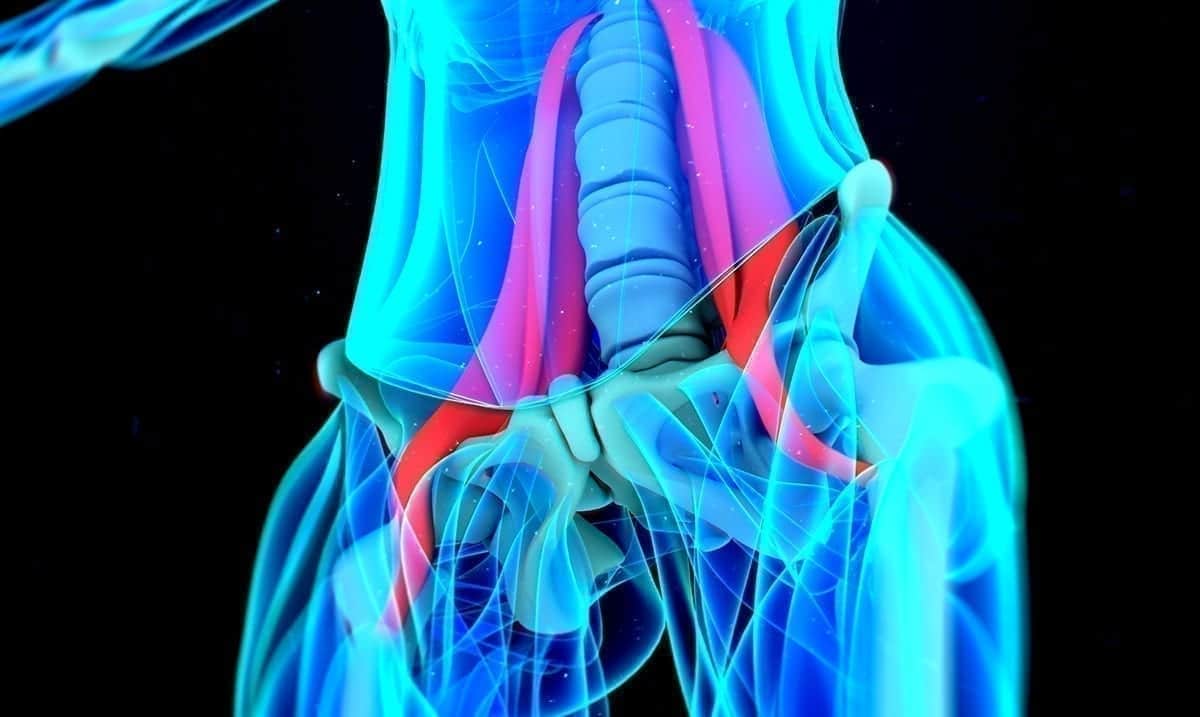For those who may not know within our bodies is a muscle most people aren’t aware of and that is the psoas muscle. This muscle is one that is so important without it, we would likely struggle to even get out of bed.
This muscle or more-so these muscles are what connect for the most part our torso and legs. They can become weak and when that happens, we strain the other muscles around them to make up that difference which as a result can cause stress in our bodies. There are a lot of different movements that can even strain these muscles and the more we do them the worse the stress within our bodies can become.
For instance, if you’re doing a lot of standing and twisting from our waists, we could be doing more damage than we realize. Dr. Northrup wrote as follows on his website about what this muscle is and some of the things we all need to know about it:
Structurally, your psoas muscles are the deepest muscles in your core. They attach from your 12th thoracic vertebrae to your 5th lumbar vertebrae, through your pelvis, and then finally attach to your femurs. In fact, they are the only muscles that connect your spine to your legs.
Your psoas muscles allow you to bend your hips and legs toward your chest, for example, when you are going up stairs. They also help to move your leg forward when you walk or run. These same muscles flex your trunk forward when you bend over to pick up something from the floor. They also stabilize your trunk and spine during movement and sitting.
The psoas muscles support your internal organs and work like hydraulic pumps, allowing blood and lymph to be pushed in and out of your cells. They are vital not only to your structural well-being but also to your psychological well-being because of their connection to your breath.
Here’s why: there are two tendons for the diaphragm (called the crura) that extend down and connect to the spine alongside where the psoas muscles attach. One of the ligaments (the medial arcuate) wraps around the top of each psoas. Also, the diaphragm and the psoas muscles are connected through fascia that also connects the other hip muscles. These connections between the psoas muscle and the diaphragm literally connect your ability to walk and breathe and also how you respond to fear and excitement. When you are startled or under stress, your psoas contracts. In other words, your psoas has a direct influence on your fight-or-flight response!
During prolonged periods of stress, your psoas is constantly contracted. The same contraction occurs when you sit for long periods of time, engage in excessive running or walking, sleep in the fetal position, or do a lot of sit-ups. All of these activities compress the front of your hip and shorten your psoas muscle.
But that doesn’t necessarily mean you should automatically stretch your psoas if you have pain in the front of your hip joint. In fact, depending on your situation, stretching your psoas may actually do more harm than good! The key is to know whether your psoas is short and tight and thus in need of stretching or if it’s weak and overstretched and in need of strengthening.
This specific muscle has actually by some been referred to as the emotional core, as odd as that may sound. This is because some people describe the pain associated with it as a knot in their stomaches of something like nothing else. Pilates Nosara actually even referred to the feeling it gave them as a ‘ball of stress in my belly.’ While it can be worse or not as intense depending on the person, it’s not fun to deal with and can leave you feeling like you’re losing yourself in a lot of ways.
Cultivate Calm Yoga wrote as follows on how stressing this muscle can affect a person:
Because the Psoas is so connected to our nervous system, it’s a key muscle to target when we want to lower our stress and anxiety.
When people ask me about the best yoga poses for stress and anxiety I will give them Constructive Rest Pose. These people get frustrated with the simplicity and ease of Constructive Rest Pose because they can’t feel a stretch.
Stretching a tired overworked muscle is only going to create more stress and anxiety and in my opinion, this is where many people get it wrong.
Aggressive stretching of the psoas is a terrible idea. Especially if you sit for more than 6 hours a day, have any muscle tension in your body or experience stress and anxiety. This kind of stretching will aggravate our stress and make us feel worse.
Stretching a tired muscle that hasn’t first been released is like tugging on a frayed rope. Poses like Constructive Rest soften the Psoas first so it is more supple and then it can be stretched.
I think the reason people like aggressive stretching is because it feels good. Whereas subtle yoga poses like Constructive Rest often feel like we’re not doing anything.
Now, if you think you may be having issues with this area and you need to see someone about it, don’t hesitate but also feel free to consider some yoga to really help things out some. A few of the poses suggested by Yoga International for this are the corpse pose, wind-relieving pose, and the lunge pose. To learn more about how to resolve issues in this area take a look at the video below.

